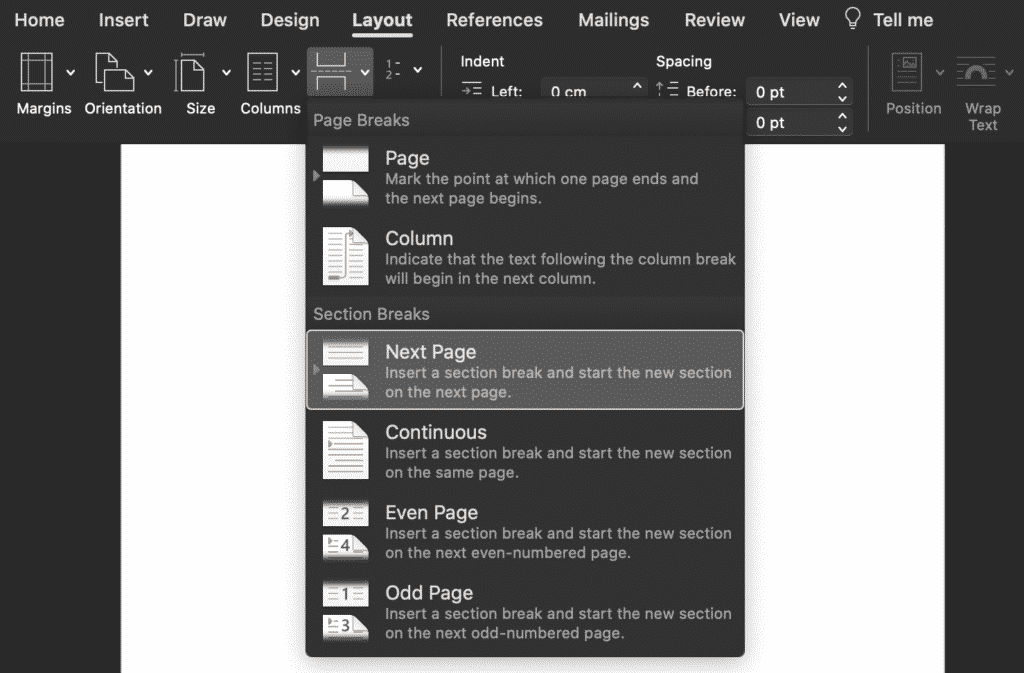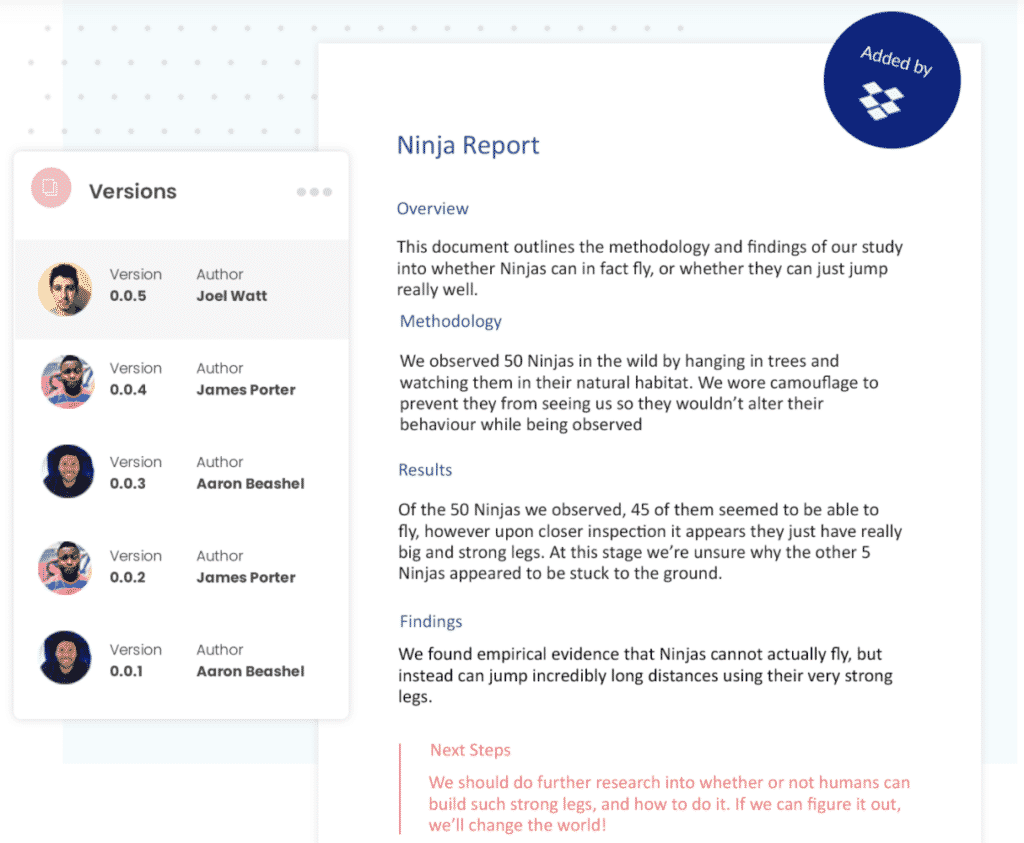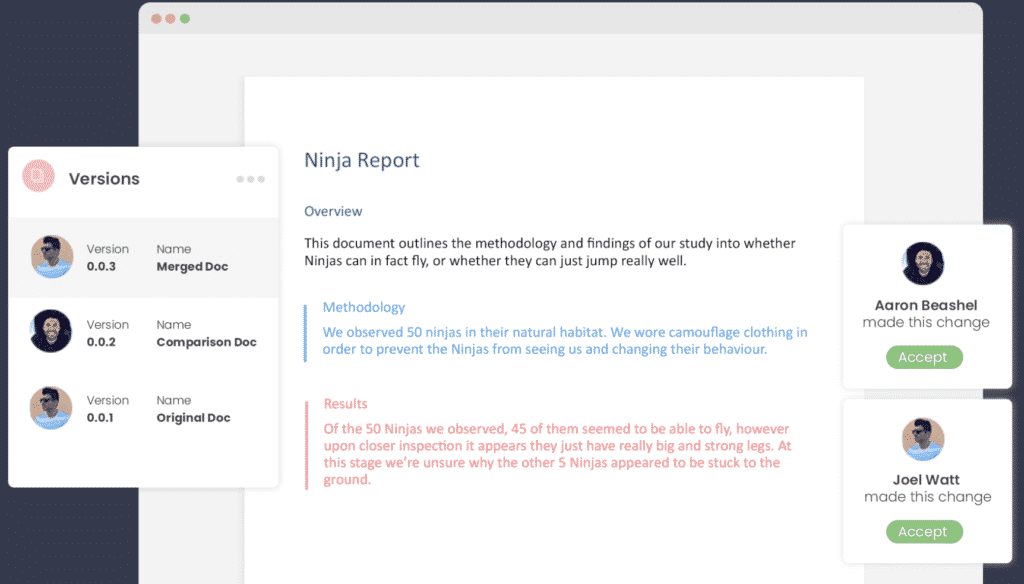How to Make Page Numbers Continuous in Word
You have a document, that required different formats for the page numbers and can't quite figure out how to make this work.
Microsoft Words default page number setting is to give you the same style of the page number on every page. You may want to make your content or index pages numbered i, ii, iii and then use the standard pg1, pg2, pg3 for the rest of the document. Or maybe you have reference pages at the end of the document that required separate page numbers, for whatever reason you need to use two different styles of page numbers in the same document.

Before we start, make sure you have divided your document into sections. Each new section should start on a new page to make the numbering simple, from here we will show you how to insert a specific page numbering style into each section individually.
You'll be using as many page number styles as you need within a matter of minutes.
Heres how.
Using more than one type of page number in Word
- Open Word
- Split your document into relevant sections, with each section starting on a new page
- Place your cursor on the page you wish to start the numbering from
- Click Layout
- Click Page Break
- Under Page Break, press Next Page. This will create a break between the two sections

- Once you have the page break inserted, place your cursor on the page you want to start the numbering from, after the page break
- Click Insert
- Under Insert, Click Page Number
- Press Page Number

- Click Format to select the style of page number you would like to add to this section

- Select Style

- Press OK
- Repeat these steps to create new page breaks before each section and then re-start or re-format the page numbers
There is no limit to how many different styles of page numbers you can use in one document, you can continue to repeat the steps above until you are satisfied with the page numbers within your Microsoft Word document.
Looking for an easier way to keep track of your Microsoft Word Documents?
Keeping track of your document can be challenging, especially when you are saving multiple versions of a file and collaborating with your team.
When you are working in a shared drive, without remote access your team may even pull a document out of the shared drive, save it to their desktop and work on this while they are offline.
Once back in the office, it seems simple enough to then drop the update file back into the shared drive and continue collaborating as normal.
But what if someone else had made changes to the live shared file in the time this colleague had taken a version offline, made changes and then re-saved it to the shared drive. This would leave you with two different 'updated' versions of the same document and no way of knowing which one is the most recent file or when the changes were made.
Your team may need to access the files offline for a number of reasons, maybe they are travelling, working from home, from an airport or an aeroplane where there is no internet connection. There are a number of reasons a team member may need to work offline leaving us open to disjointed file management more frequently than we'd like to admit.
Lucky for us, there are now some great purpose-built tools on the market such as Simul Docs that not only manage version control for you but allow you to work offline, or from anywhere without losing track of any edits, changes or updates.

Simul knows that when you are making changes to an existing document you will want it saved as a new file, and probably don't want to have to remember to press 'save as' before you start editing and then 'save' every 30 minutes.
So Simul will automatically create a new version every time an edit is made to an existing document, saves as you go, word by word and gives you access to your documents anywhere, anytime.
You can access your documents offline on Simul, make changes and re-format knowing that the moment your computer or device is back online Simul will update the file for the rest of your team to see and save it in line with the version history.

If two team members happen to be working on the same document, offline, at the same time Simul has your back here too.
Each team members file will be saved as a new version, uploaded when they are back online, and an alert is sent to the document owner that there are two new versions available to their review.

The document owner can then review the documents and merge them together at the click of a button.

Simul allows you to collaborate from anywhere, anytime without worrying about saving your work or accidentally over-riding a colleagues file.
Its collaboration made easy and Simul knows you needed it.
So, give it a try, with Simul on your side you'll never search for a lost document again.
Source: https://www.simuldocs.com/blog/how-to-use-multiple-types-of-page-numbers-in-microsoft-word-documents